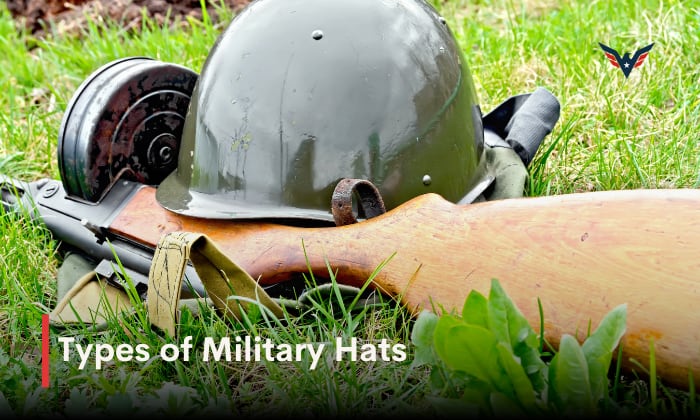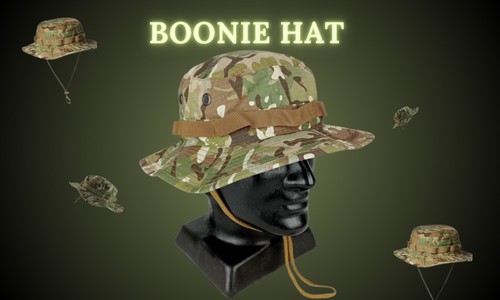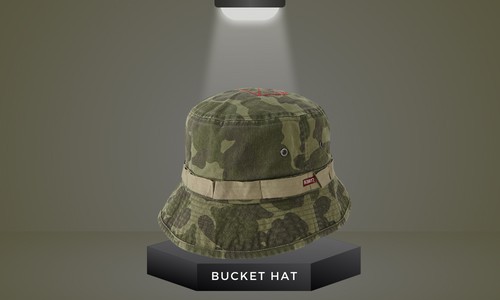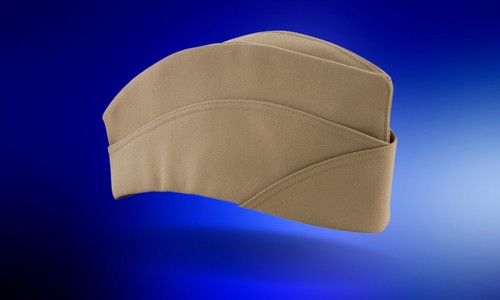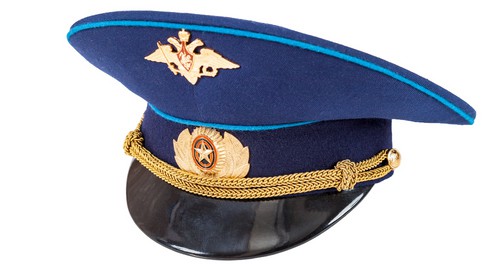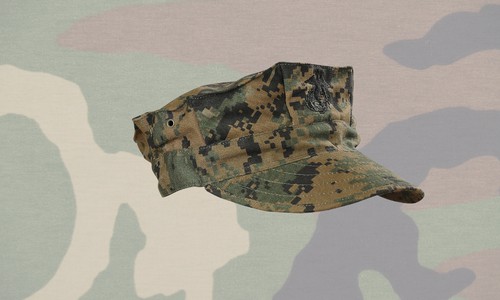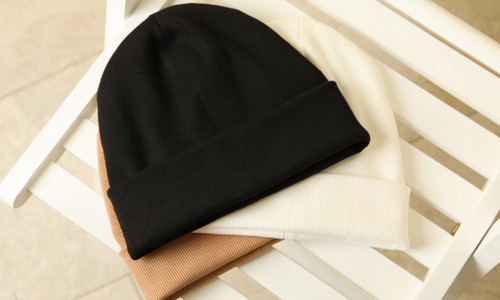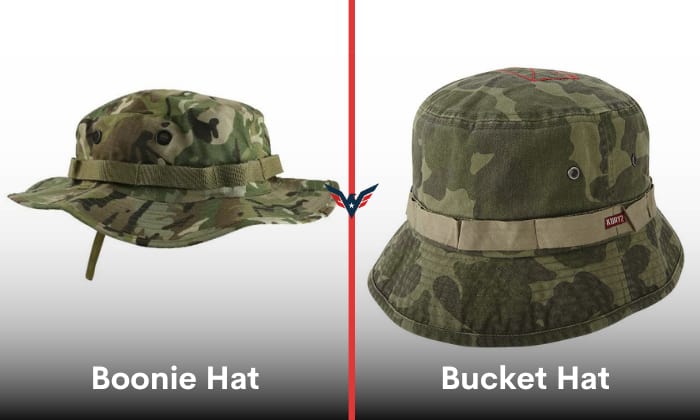Military hats have a rich history and diverse styles that reflect not only the practical needs of soldiers but also the unique traditions of different armed forces.
From iconic berets to functional patrol caps, this blog post delves into the world of military headgear, uncovering a range of hat names and cap styles. Join us as we explore the various types of military hats!
Table of Contents
Military Caps Names
“Uniform hats” refer to hats that are part of a military or organizational uniform. Their design may vary depending on the military branch, the type of uniform, and the specific regulations of the organization.
Below are common types of uniform hats.
1. Boonie Hat
The boonie hat is characterized by a wide brim that offers protection from the elements. Made from lightweight and quick-drying material, it typically features a chin strap and a soft crown with ventilation holes, allowing for increased airflow and comfort.
The boonie hat’s origins can be traced back to the United States military during the Vietnam War. It was specifically designed for soldiers deployed in the jungle environment.
The wide brim provided shade from the intense sun, and the hat’s camouflage patterns helped soldiers blend into their surroundings. Over time, the boonie hat became a symbol of practicality and adaptability in various outdoor situations.
2. Bucket Hat
The bucket hat is similar to a boonie hat, but it features a taller crown and a downward-sloping and floppier brim that offers more coverage. It is often made from sturdy materials, providing durability and protection from light rain and sun exposure.
The bucket hat’s history dates back to the early 1900s when it was used by various military forces, including the Irish military, as part of their uniforms. Its simple and functional design made it suitable for a wide range of activities and environments.
While initially popular within military circles, the bucket hat has transcended its origins and has become a versatile infantry hat for both practical and fashion purposes.
3. Garrison Cap
The garrison cap is a close-fitting, foldable hat with a flat crown and a stiff visor. It is typically adorned with insignia, rank, or other identifiers on the front. Its design allowed it to be easily stowed in pockets when not in use.
Well-known within the military circle since the 19th century, the garrison cap was used as part of the armed forces dress uniform during ceremonies, parades, and official events. Its design and insignia placement can vary based on the branch and uniform regulations.
In civilian contexts, the garrison cap has also been adopted by certain professions, such as airline pilots and law enforcement officers, as part of their uniforms. Its clean and compact design lends an air of authority and formality to these roles.
4. Peaked Cap
The peaked cap, also known as a visor cap, service cap, or combination cap, is a type of military hat with a stiff, flat crown and a pronounced peak or visor at the front. It often features a band that encircles the base of the crown.
This cap originated in the 20th century when it was adopted as part of military uniforms by various armed forces worldwide. It’s often worn by officers, non-commissioned officers (NCOs), and other personnel as part of their formal attire.
It is frequently seen during ceremonial events, parades, and official functions, symbolizing authority, rank, and tradition. The design and embellishments on the cap may vary based on the wearer’s rank (e.g., Marine or Army hats by rank), branch of service, and country.
Besides serving as U.S. military hats, the peaked cap has also influenced civilian fashion. It has been adapted by various professions, such as police officers, airline pilots, and maritime personnel, as part of their official uniforms.
5. Patrol Cap
The patrol cap, also known as a field cap or combat cap, is a soft, close-fitting kepi with a rounded crown and a short brim. It is often made from durable materials like cotton. The cap usually features a hook-and-loop fastener on the back for adjusting the fit.
This hat came about due to a need for a practical and comfortable headgear option for combat and field operations. It became particularly prominent in the latter half of the 20th century, especially during the Vietnam War.
Its design offers several advantages, including protection from the sun and improved camouflage. The cap’s minimalistic design also allows for easy integration with helmets and other gear. It is often adorned with unit patches, insignia, and other identifiers.
In addition to its military applications, the patrol cap’s functionality and low-profile design have led to its adoption in law enforcement and outdoor activities.
6. Watch Cap
A watch cap is known for its close-fitting design, with the lower edge rolled upward into a cuff. It is typically made from wool, although variations may incorporate different materials. In any case, it’s designed to provide warmth to the wearer’s head.
This headwear first appeared in the 15th century in Welsh. By the 18th century, the watch cap was popular among fishers and hunters. The headgear was later adopted by the military during WWII by American sailors stationed on ships in frigid weather.
Today, military personnel often wear the watch cap, especially those serving in cold weather or maritime environments.
Boonie vs. Bucket Military Hat
The boonie hat was originally developed for outdoor and jungle environments. It is characterized by its wide and stiffer brim, which provides protection from the sun, rain, and other environmental elements.
The bucket hat is a more casual and versatile hat style with a downward-sloping and softer brim. While it has its origins in military wear, it has transcended into popular culture and fashion.
Conclusion
Military hats and caps represent both tradition and functionality, reflecting the heritage and roles of the armed forces. From the iconic beret to practical patrol caps, these types of military hats protect soldiers, signify rank, and unify forces, acting as symbols of dedication and sacrifice.

I am Everett Bledsoe, taking on the responsibility of content producer for The Soldiers Project. My purpose in this project is to give honest reviews on the gear utilized and tested over time. Of course, you cannot go wrong when checking out our package of information and guide, too, as they come from reliable sources and years of experience.

